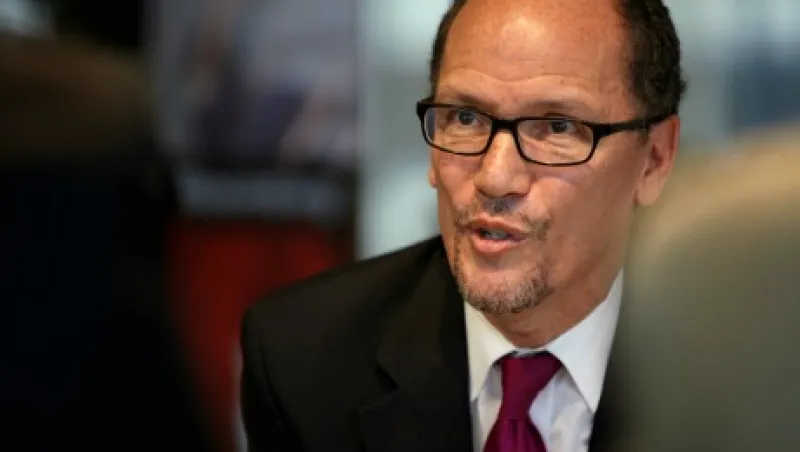
Finally, Someone in Washington Takes Retirement Seriously
Pushed by Labor secretary Tom Perez, the Obama administration implemented retirement reforms in 2015 that should actually improve retirement security.
Joshua Gotbaum
January 10, 2016


